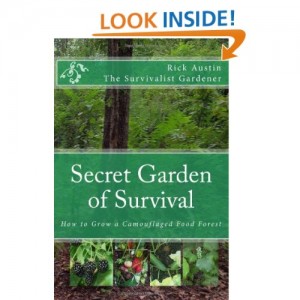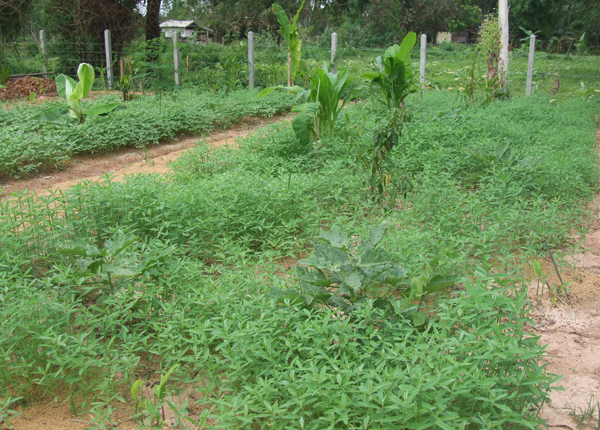
“Imagine a food garden that you only have to plant once in your life-time, that takes up very little space, that will provide food for the next 30 years; that can grow five times more food per square foot than traditional or commercial gardening; and where you never have to weed, never have to use fertilizers and never have to use pesticide– ever. All disguised as overgrown underbrush, so nobody knows you have food growing there! This book will show you how to do it in one growing season!”
Update on our Recycled Wood House
Today is our slow day and so I thought I’d pull together a short blog post about our recycled wood house. It’s coming along nicely as you can see in the photo above. The walls are mostly done now. My favorite feature is the wide porch that overlooks the front gate and forest garden. There’s … Read more


